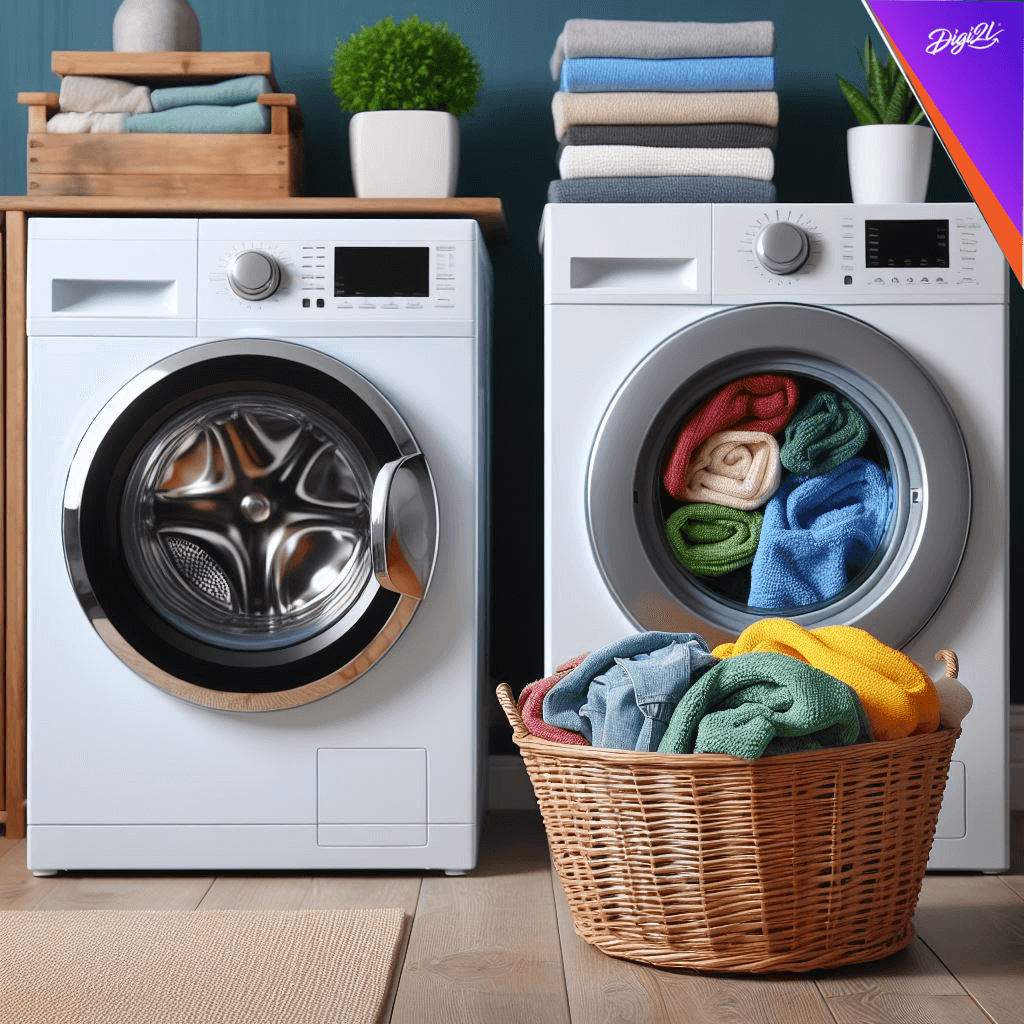
Please Wait ...

Please Wait ...
Enquiry






Curently We are Not Serviceable In this Pincode
91 Springboard, Business Hub, Godrej & Boyce, Gate No. 2, LBS Marg, Vikhroli West, Mumbai, 400079
91 Springboard, Business Hub, Godrej & Boyce, Gate No. 2, LBS Marg, Vikhroli West, Mumbai, 400079
91 Springboard, Business Hub, Godrej & Boyce, Gate No. 2, LBS Marg, Vikhroli West, Mumbai, 400079
91 Springboard, Business Hub, Godrej & Boyce, Gate No. 2, LBS Marg, Vikhroli West, Mumbai, 400079
91 Springboard, Business Hub, Godrej & Boyce, Gate No. 2, LBS Marg, Vikhroli West, Mumbai, 400079
91 Springboard, Business Hub, Godrej & Boyce, Gate No. 2, LBS Marg, Vikhroli West, Mumbai, 400079
91 Springboard, Business Hub, Godrej & Boyce, Gate No. 2, LBS Marg, Vikhroli West, Mumbai, 400079
91 Springboard, Business Hub, Godrej & Boyce, Gate No. 2, LBS Marg, Vikhroli West, Mumbai, 400079
91 Springboard, Business Hub, Godrej & Boyce, Gate No. 2, LBS Marg, Vikhroli West, Mumbai, 400079
Min
Max
₹5,000
₹45,000
Suggested Price







Blogs> Unveiling the Mystery: Investigating the Causes of Low Airflow in Your AC Unit

In the realm of air conditioning, maintaining proper airflow is essential for efficient cooling performance. However, encountering reduced airflow from your vents is a telltale sign of underlying issues within your AC unit. This blog meticulously examines the root causes of low airflow and offers practical solutions to restore optimal cooling efficiency. Clogged Air Filters: Among the primary offenders behind reduced airflow are clogged air filters. As these filters accumulate dust, dirt, and debris over time, they obstruct the passage of air through the system. Regularly changing or cleaning air filters is imperative to uphold unimpeded airflow and ensure efficient AC operation. Blocked or Closed Vents: The obstruction or closure of vents can significantly impede airflow, leading to diminished cooling efficiency. It is crucial to ensure that all vents remain unobstructed, allowing air to flow freely and effectively cool your space. Dirty Evaporator Coils: Accumulated dirt and debris on evaporator coils can hamper heat transfer and airflow. Routine maintenance, including professional coil cleaning, is essential to prevent this issue and maintain efficient cooling performance. Malfunctioning Blower Motor: A faulty blower motor can contribute to reduced airflow. Issues such as worn belts, motor failure, or electrical problems hinder the motor’s ability to deliver adequate airflow. Prompt repair or replacement of the blower motor is necessary to restore proper airflow. Ductwork Leaks or Restrictions: Leaky or poorly insulated ductwork can allow air to escape or encounter obstructions, resulting in reduced airflow. Regular inspection of ducts for leaks or blockages, along with professional sealing or repairs, is crucial to ensure optimal airflow throughout the system. Dirty Condenser Coils: The accumulation of dirt and debris on condenser coils impedes airflow and compromises cooling efficiency. Regular cleaning and maintenance of the condenser coils are essential to prevent this buildup and ensure efficient airflow. Undersized or Aging AC Unit: An undersized or aging AC unit may struggle to adequately cool your space, resulting in reduced airflow. Consulting with an HVAC professional can help assess your cooling needs and determine if an upgrade is necessary to restore optimal airflow and efficiency. By understanding and addressing these common causes of low airflow, such as clogged filters, blocked vents, and dirty coils, homeowners can take proactive measures to restore efficient cooling performance. Regular maintenance, timely repairs, and professional inspections are vital to ensure that your AC unit operates optimally, providing you with a comfortable and cool indoor environment throughout the summer months.
Proper airflow is crucial for the efficient functioning of your air conditioning (AC) unit. However, if you notice reduced airflow from your vents, it could indicate an underlying issue that requires attention. In this blog, we will explore the common causes of low airflow in your AC unit and provide insights into potential solutions to help you restore optimal cooling performance.
Clogged Air Filters:
One of the primary culprits behind low airflow is a clogged air filter. Over time, the filter collects dust, dirt, and debris, restricting the passage of air through the system. Regularly changing or cleaning your air filters is essential to maintain unrestricted airflow.
Blocked or Closed Vents:
Blocked or closed vents can impede airflow, leading to reduced cooling efficiency. Ensure that all vents are open and free from obstructions such as furniture, drapes, or other objects that may inadvertently cover them.
Dirty Evaporator Coils:
Accumulated dirt and debris on the evaporator coils can hinder heat transfer and airflow. Regular maintenance, including professional coil cleaning, can help prevent this issue and ensure efficient cooling performance.
Malfunctioning Blower Motor:
A faulty blower motor can result in reduced airflow. Issues such as worn-out belts, motor failure, or electrical problems can hamper the motor’s ability to deliver adequate airflow. Prompt repair or replacement of the blower motor is necessary to restore proper airflow.
Ductwork Leaks or Restrictions:
Leaky or poorly insulated ductwork can allow air to escape or encounter obstructions, leading to reduced airflow. Inspect your ductwork for any visible leaks or blockages and seek professional assistance for sealing or repairing the ducts.
Dirty Condenser Coils:
The condenser coils, located in the outdoor unit, can accumulate dirt, debris, and grime over time. This buildup restricts airflow and hampers the cooling process. Regular cleaning and maintenance of the condenser coils are essential to maintain optimal airflow.
Undersized or Aging AC Unit:
An undersized AC unit may struggle to cool your space adequately, resulting in reduced airflow. Additionally, an aging AC unit may experience wear and tear, affecting its efficiency and airflow. Consult an HVAC professional to evaluate your cooling needs and determine if it’s time for an upgrade.
Low airflow in your AC unit can lead to discomfort, reduced cooling efficiency, and increased energy consumption. By understanding the common causes of this issue, such as clogged filters, blocked vents, dirty coils, and more, you can take proactive measures to restore proper airflow. Regular maintenance, timely repairs, and professional inspections are essential to ensure your AC unit operates optimally, providing you with a comfortable and cool indoor environment all summer long.
Image by Freepik

By Digi2L - April 25, 2024

By Digi2L - April 24, 2024

By Digi2L - April 23, 2024